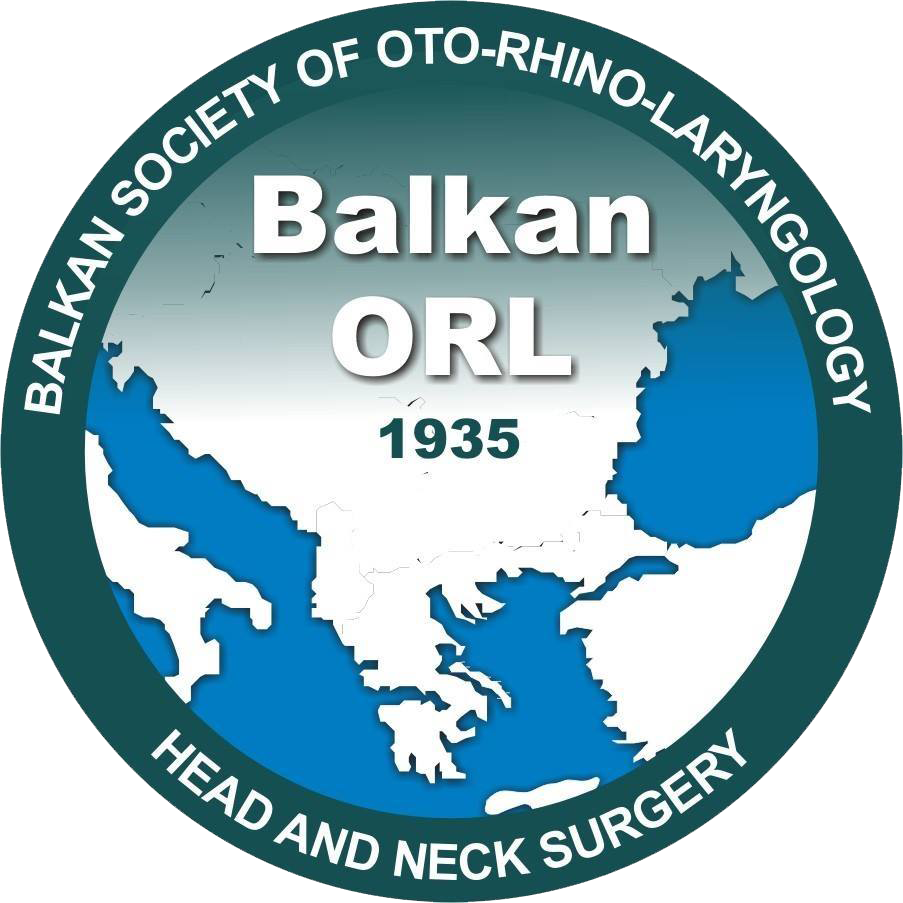Abstract:
Background: COVID-19 is a multifaceted disease that enters human cells via ACE2 receptors and affects various systems, including respiratory, neurological, and vocal functions. It may reducethe quality of life by causing neurological complications, loss of taste and smell, hearing impairment, and voice disorders.
Aim: This study aimed to investigate the possible effects of COVID-19 on laryngeal function.
Study Design: Cross-sectional study.
Methods: The study included 35 individuals previously diagnosed with COVID-19 who had no prior laryngeal pathology. The control group consisted of 35 antibody-negative individuals with no history of COVID-19. All participants underwent videolaryngostroboscopy (VLS), voice analysis (multi-dimensional voice program, motor speech profile), Maximum Phonation Time (MPT), s/z ratio, and aerodynamic evaluations.
Results: Symptoms such as hoarseness, dysphagia, and anosmia were more frequent in the COVID-19 group. MPT was significantly shorter in the patient group (P=.004), and F0-Tremor Intensity Index (FTRI) was significantly higher (P=.003), indicating possible neuromuscular involvement. Motor speech profile analysis revealed that DDKcvp, vF0, Mtftr, and Matr values were significantly higher in the COVID-19 group (P < .05). No significant difference was observed in the Voice Handicap Index or s/z ratio. Discussion: The findings suggest that COVID-19 may negatively affect laryngeal neuromuscular control, with diadochokinetic analyses pointing to impaired coordination in laryngeal muscles. While acute inflammation may diminish, neuromuscular effects could persist.
Conclusion: COVID-19 may impair laryngeal muscle coordination and vocal performance. These results highlight the importance of assessing laryngeal functions in the postCOVID-19 period.
Cite this article as: Çalışkan ZD, Gülşen E, Kara E, et al. Laryngeal function evaluation in cases with COVID-19. Balkan ORL-HNS 2025;2(2):40-44.


